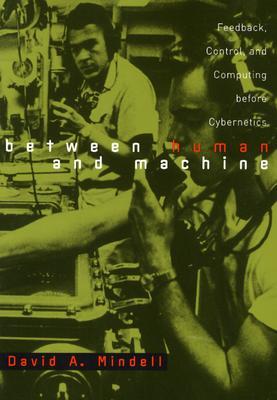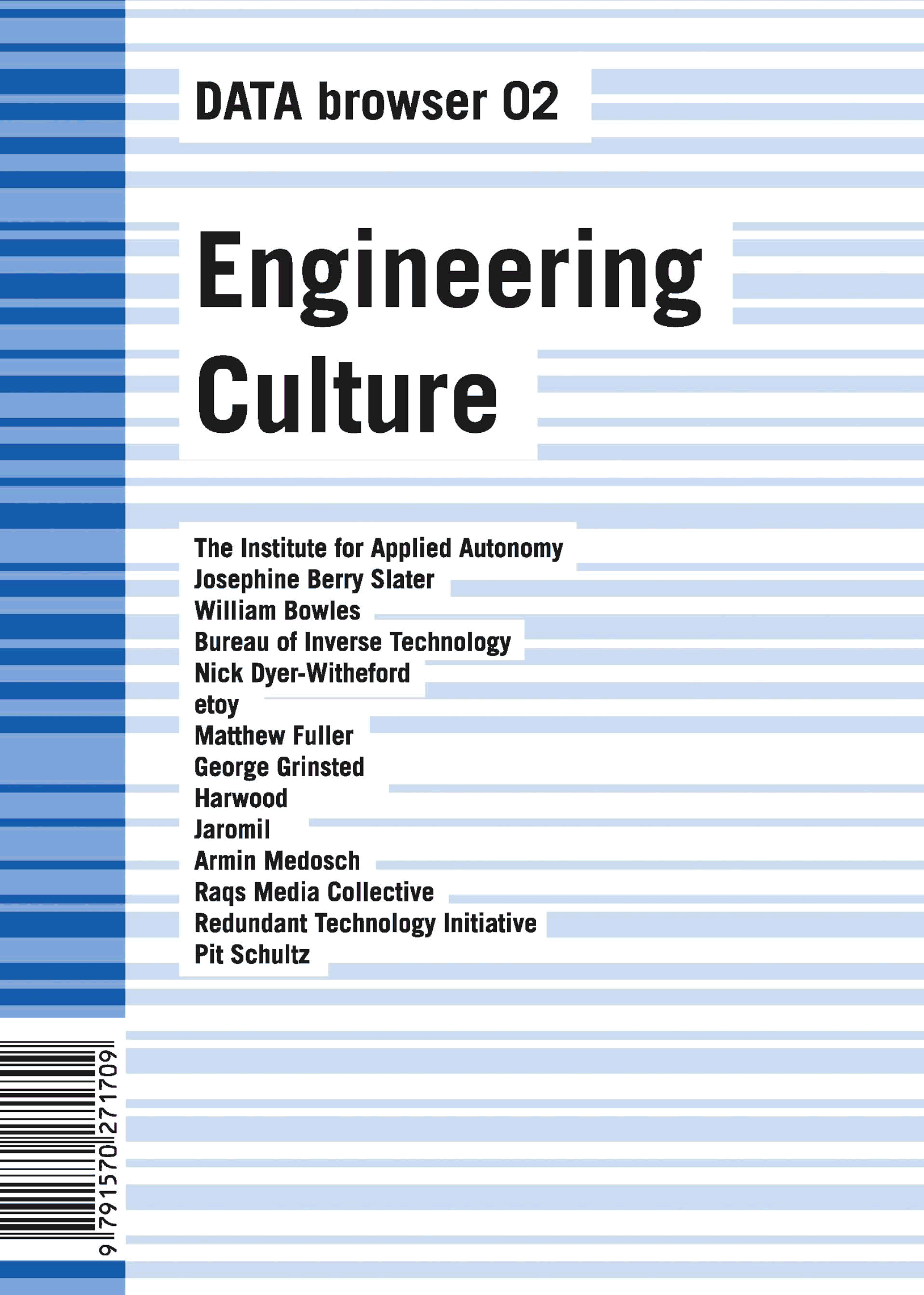David A. Mindell: Between Human and Machine: Feedback, Control, and Computing before Cybernetics (2002)
Filed under book | Tags: · computing, cybernetics, engineering, history of computing, history of technology, industry, information theory, machine, military, networks, noise, science, technology, telephone

Today, we associate the relationship between feedback, control, and computing with Norbert Wiener’s 1948 formulation of cybernetics. But the theoretical and practical foundations for cybernetics, control engineering, and digital computing were laid earlier, between the two world wars. In Between Human and Machine: Feedback, Control, and Computing before Cybernetics, David A. Mindell shows how the modern sciences of systems emerged from disparate engineering cultures and their convergence during World War II.
Mindell examines four different arenas of control systems research in the United States between the world wars: naval fire control, the Sperry Gyroscope Company, the Bell Telephone Laboratories, and Vannevar Bush’s laboratory at MIT. Each of these institutional sites had unique technical problems, organizational imperatives, and working environments, and each fostered a distinct engineering culture. Each also developed technologies to represent the world in a machine.
At the beginning of World War II, President Roosevelt established the National Defense Research Committee, one division of which was devoted to control systems. Mindell shows how the NDRC brought together representatives from the four pre-war engineering cultures, and how its projects synthesized conceptions of control, communications, and computing. By the time Wiener articulated his vision, these ideas were already suffusing through engineering. They would profoundly influence the digital world.
As a new way to conceptualize the history of computing, this book will be of great interest to historians of science, technology, and culture, as well as computer scientists and theorists.
Publisher Johns Hopkins University Press, 2002
ISBN 0801868955, 9780801868955
439 pages
Mindell’s lecture about the book at MIT (video, 78 min, 2002)
Review (Larry Owens, History of Science and Technology)
Download (removed on 2014-9-18 upon request of the author)
Comment (1)Geoff Cox, Joasia Krysa (eds.): Engineering Culture: On ‘The Author as (Digital) Producer’ (2005)
Filed under book | Tags: · authorship, digital culture, engineering, production

“Social change does not simply result from resistance to the existing set of conditions but from adapting and transforming the technical apparatus itself. Walter Benjamin in his essay ‘The Author as Producer’, written in 1934, recommends that the ‘cultural producer’ intervene in the production process in the manner of an engineer. The term ‘engineer’ is to be taken broadly to refer to technical and cultural activity, through the application of knowledge for the management, control and use of power. To act as an engineer in this sense, is to use power productively to bring about change and for public utility. This collection of essays and examples of contemporary cultural practices asks if this general line of thinking retains relevance for cultural production at this point in time – when activities of production, consumption and circulation operate through complex global networks served by information technologies.”
Contributors: The Institute for Applied Autonomy | Josephine Berry Slater | William Bowles | Bureau of Inverse Technology | Nick Dyer-Witheford | etoy | Matthew Fuller | George Grinsted | Harwood | Jaromil | Armin Medosch | Raqs Media Collective | Redundant Technology Initiative | Pit Schultz.
Publisher Autonomedia, 2005
DATA browser series, 2
Creative Commons License
ISBN 1570271704
240 pages
PDF (9 MB, added on 2017-2-24)
PDFs (updated on 2016-12-12)

